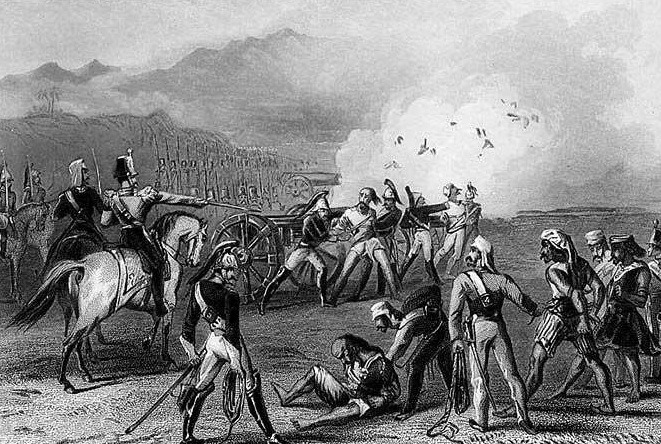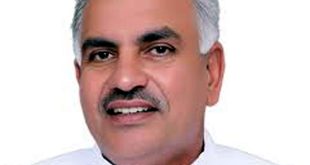
Everyone remembers the First War of Independence of 1857. In this war, the warriors of Unnao fought fiercely with the British forces. On the brave land of Unnao, the soldiers pushed back the British several times. As a result of this, General Havelock, who had toppled the Nana Rao Peshwa government in Kanpur and moved forward, had to retreat twice. After winning Kanpur and Bithoor, Havelock gave the responsibility of Kanpur to General Neil and crossed the Ganga and headed towards Lucknow to free the British soldiers and their families from the captivity of the revolutionaries. On 28 July, after crossing the Ganga, he reached Magrawara. The flame of revolution was burning in every house of Magrawara. To defeat the British, holes were made in every house so that the British armed with guns and tops could be stopped from moving forward.
After failing, General Havelock moved towards Unnao on 29 July but the revolutionaries surrounded it. The revolutionaries faced the English forces bravely. Many indigenous cannons of the revolutionary army got stuck in the swamp. In that battle of Unnao, 15 cannons of the revolutionaries broke down and became useless. Havelock seized these cannons. 300 revolutionaries were martyred in that battle. After failing the revolutionaries in the battle of Unnao, Havelock moved towards Bashiratganj. Bashiratganj was then a city surrounded by high walls. Here, fierce battles took place three times between the revolutionary and English forces. The revolutionaries drove away the foreign forces twice. In the first battle of Bashiratganj, 1/6 of General Havelock's army was destroyed. 88 people of his army were killed. He sought military assistance from General Neil in Kanpur but he expressed his inability as he himself was surrounded by revolutionaries. Due to this, Havelock retreated and reached Magrawara again.
After getting military support, Havelock again moved towards Lucknow on 4th August and a second battle took place with the revolutionaries at Bashiratganj. In this battle, armies of many talukdars and zamindars also joined the revolutionaries. In the second battle, 25 British officers were killed and about 250 revolutionaries were martyred. Havelock himself wrote about this second battle of Bashiratganj- 'Every village on the Lucknow route was against us, even the common people had stood up against the British rule.' Due to the news of Nana Saheb Peshwa being stationed with his troops at Fatehpur 84, 12 miles from Bashiratganj, and the Gwalior army reaching Kalpi, Havelock was forced to return to Magrawara instead of moving towards Lucknow.
For the third time, General Havelock crossed the Ganges on 11 August and headed towards Lucknow. This time, the revolutionaries took on the British army near Budhiya ki Chowki village before Basiratganj. Havelock suffered heavy losses in this war too. 32 British soldiers were killed and about 300 revolutionaries were martyred. In this war of Basiratganj, the armies of Rao Ram Baksh Singh of Laundiya Kheda, Mansab Ali of Rasulabad and Jassa Singh Janwar of Bangarmau (Tarfasarai) along with the general public also participated. Despite being successful in the war, Havelock was unable to move towards Lucknow due to revolutionary obstruction. On this, his army's second officer General Neil, who occupied Kanpur Bithoor, wrote a letter and expressed his displeasure.
Due to the fierce obstruction of the revolutionaries, it took Havelock 2 months to reach Lucknow. In the second battle that took place on 21 September in Magrawara, the British forces had to face a fierce battle. If the battle in Unnao had not been fierce, the British government could have captured Lucknow 8 months earlier.
When General Havelock first crossed the Ganga and camped in Magrawara after the fall of Nana Saheb's government in Kanpur, the British were attacked from every house in Magrawara. To deal with the British, holes were made in every house. Havelock himself has written about this in his memoirs. Today we are all proud of these warriors of Unnao, but we are unaware of the golden history of these brave ancestors. Why should not a new custom of applying the sacred soil of Magrawara, Bashiratganj, Nawabganj associated with the First War of Independence on the forehead be started? Hundreds of salutes to all the known and unknown warriors who sacrificed their lives in the First War of Independence.
 look news india
look news india
